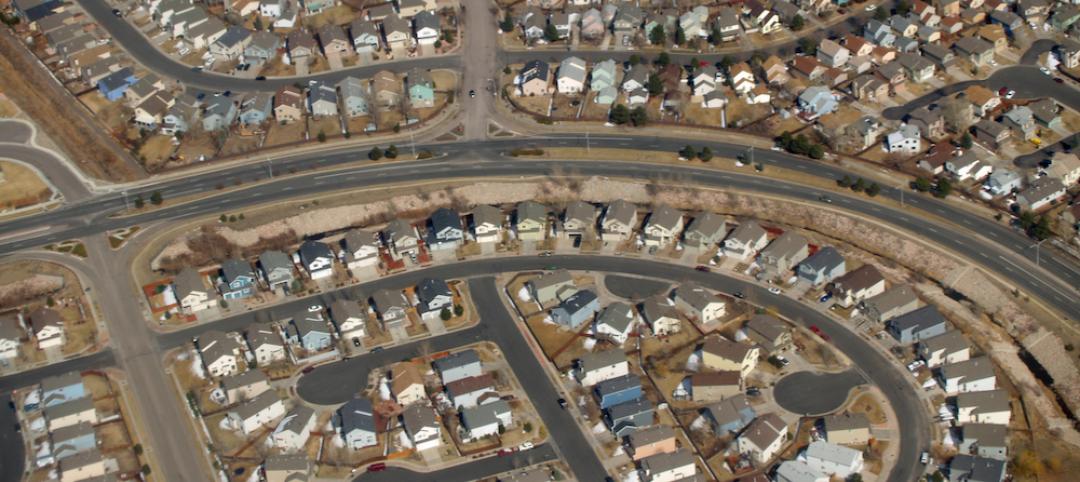New research from a George Washington University research group and LOCUS, a coalition of real estate investors that's part of Smart Growth America,says that offices in “Walkable Urban Places (WalkUPs)” bring developers 74% more rent per square foot.
The study, “Foot Traffic Ahead: Ranking Walkable Urbanism in America’s Largest Metros,” also found that areas that rank high for walkable development average 38% higher GDP than lower-ranking communities.
The researchers say that the increase in demand for pedestrian-friendly office buildings is part of a societal shift. “The last time we saw a structural change like this was back in the ’40s and ’50s,” said Christopher Leinberger, one of the authors of the report. “It’s going to take 20 to 30 years to catch up with pent-up demand.”
The study ranks the top 30 U.S. metro areas for their levels of walkable urbanism as well as projecting future rankings. It found 558 “WalkUPS” in those areas, defining them as regionally significant major employment centers. In the top 30 metros, WalkUPS take up just 1% percent of the available acreage, but account for as much as 50% of the office, hotel, apartment, and retail square footage.
Walkable urban developments are not as easy to create as the “formula product” that characterizes drivable suburban development, the study’s authors say. That’s due in part to NIMBYism and more complex permitting and review processes required in urban locations.
Related Stories
Codes and Standards | May 11, 2016
Current California seismic codes provide safety, resiliency, but needed upgrades present challenge
Los Angeles requires seismic retrofits, but other cities do not.
Codes and Standards | May 10, 2016
Apple spars with Cupertino, Calif., mayor over strained city infrastructure
Apple’s new ‘spaceship’ campus project prompts questions about whether the company should pay more to offset traffic woes.
Codes and Standards | May 9, 2016
Safety Stand-Down yields proposals to boost construction safety
One example: Gilbane encourages safety harnesses for all working above 6 feet.
Codes and Standards | May 9, 2016
EcoDistricts unveils sustainable neighborhood framework
Focus is on equity, resilience, and climate protection.
School Construction | May 3, 2016
Florida clamps down on school construction spending
Critics fear rules will hamper ability to build schools with desired features.
Resiliency | May 2, 2016
Connecticut to develop new code standards for resiliency
Expected more frequent severe weather events due to climate change prompts review.
Contractors | Apr 29, 2016
OSHA issues advisory to protect workers from Zika virus
Construction industry workers considered at high risk.
Codes and Standards | Apr 28, 2016
New research finds 30 measures to significantly cut energy use
ASHRAE’s prescription cuts across all building types and climates.
Codes and Standards | Apr 27, 2016
Florida gives developers more time to install first responder radio signal systems
Expensive upgrades can be postponed for several years.
Codes and Standards | Apr 25, 2016
San Francisco becomes first big U.S. city to require solar panels on new buildings
Pertains to commercial and residential buildings shorter than 10 stories.

















